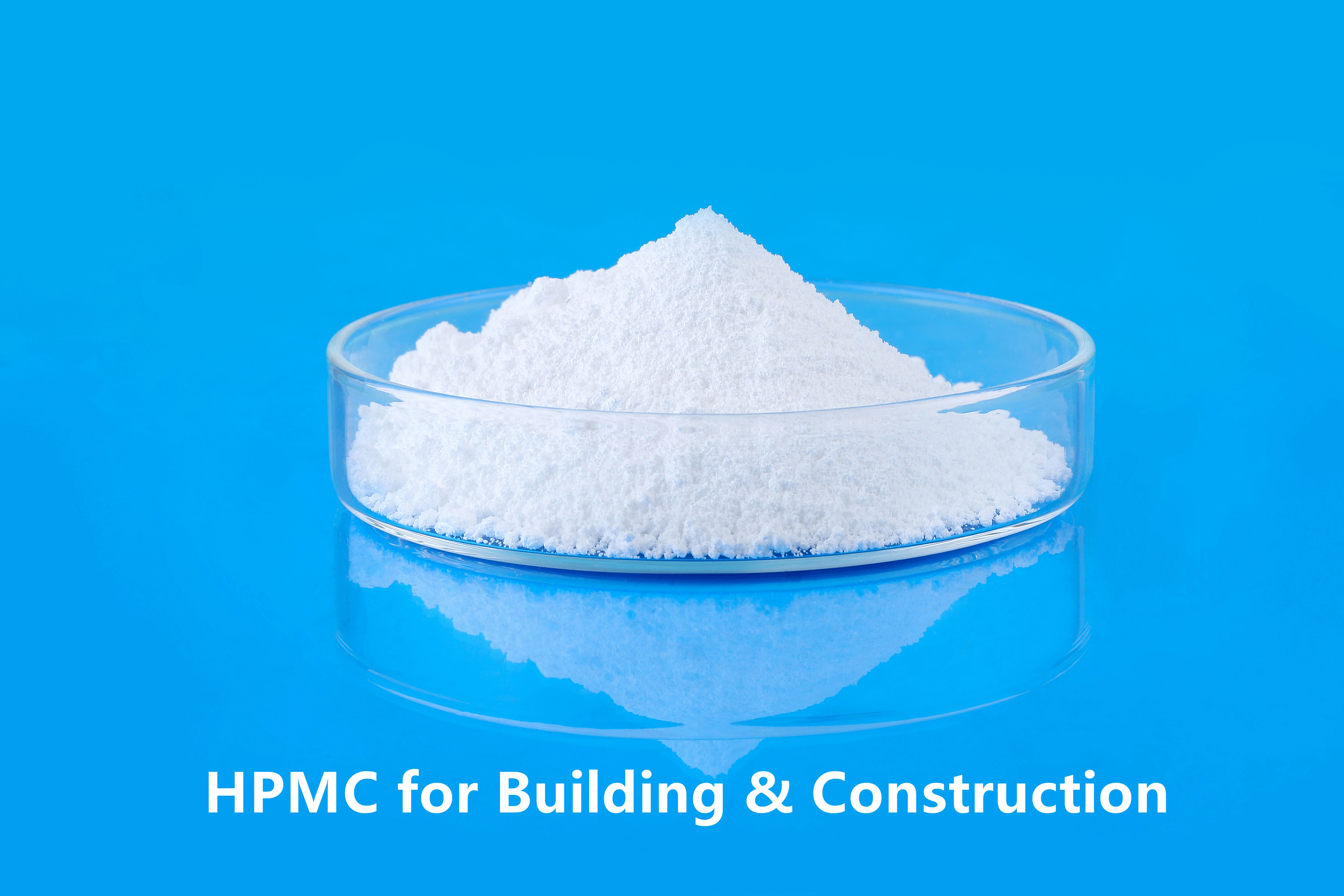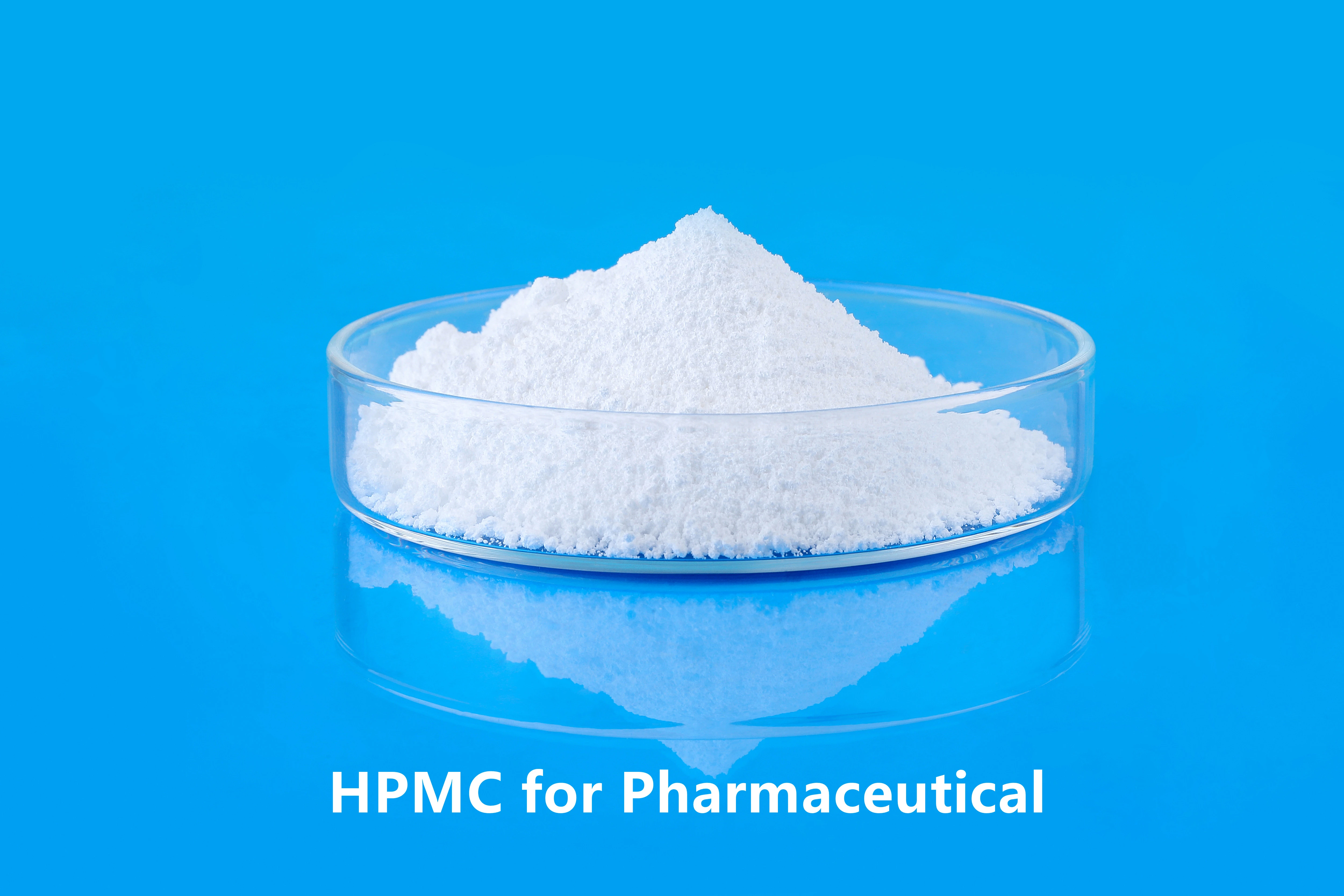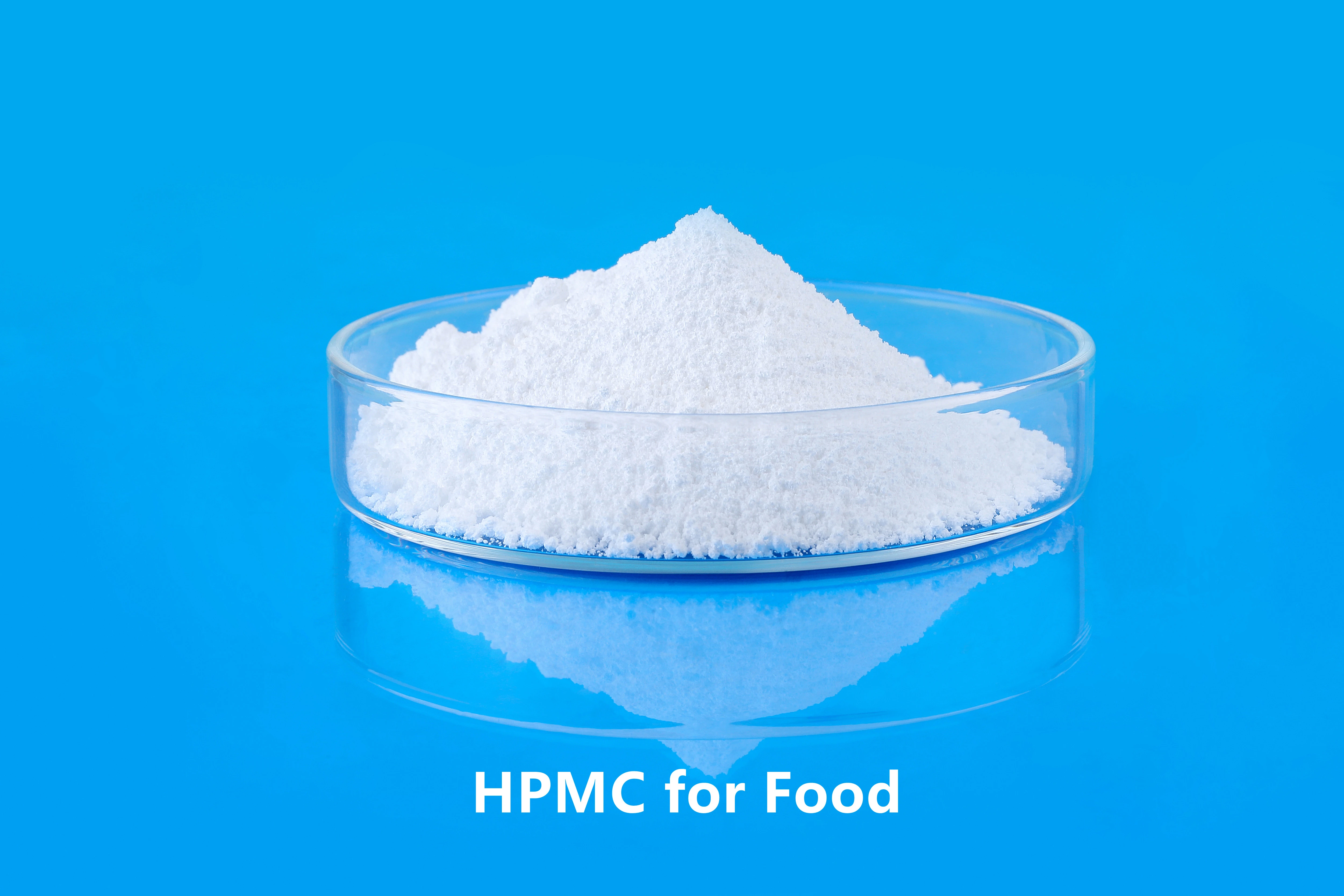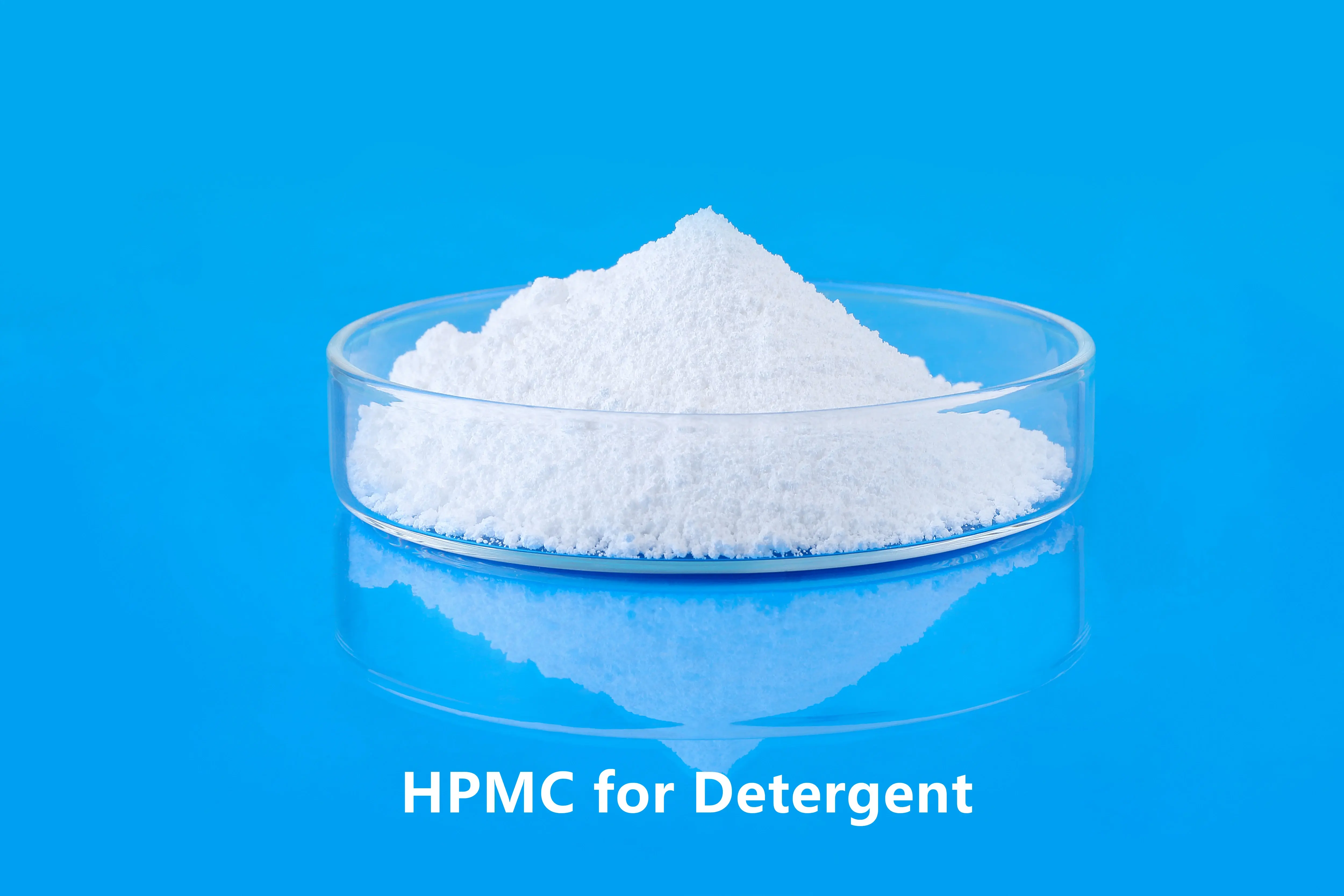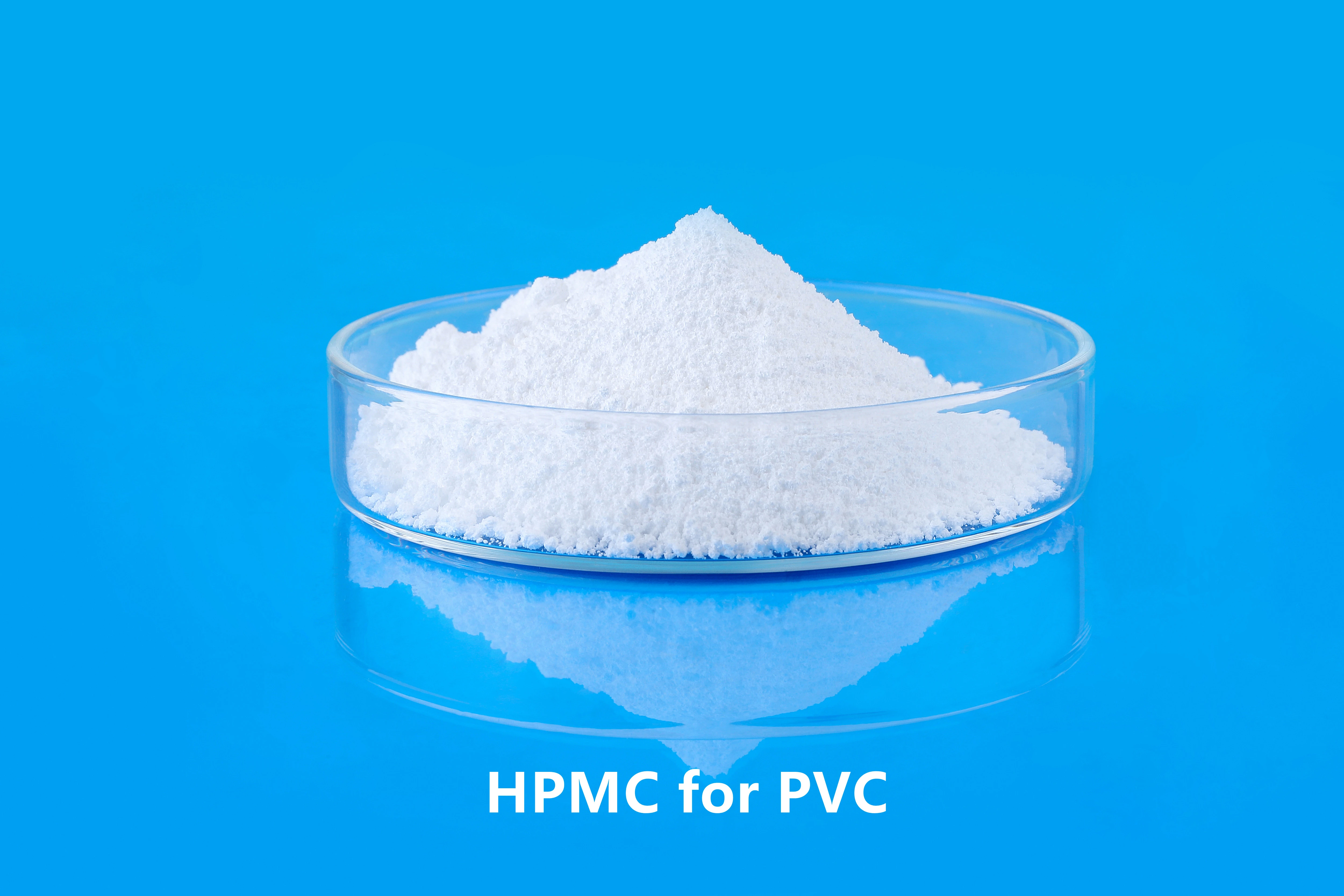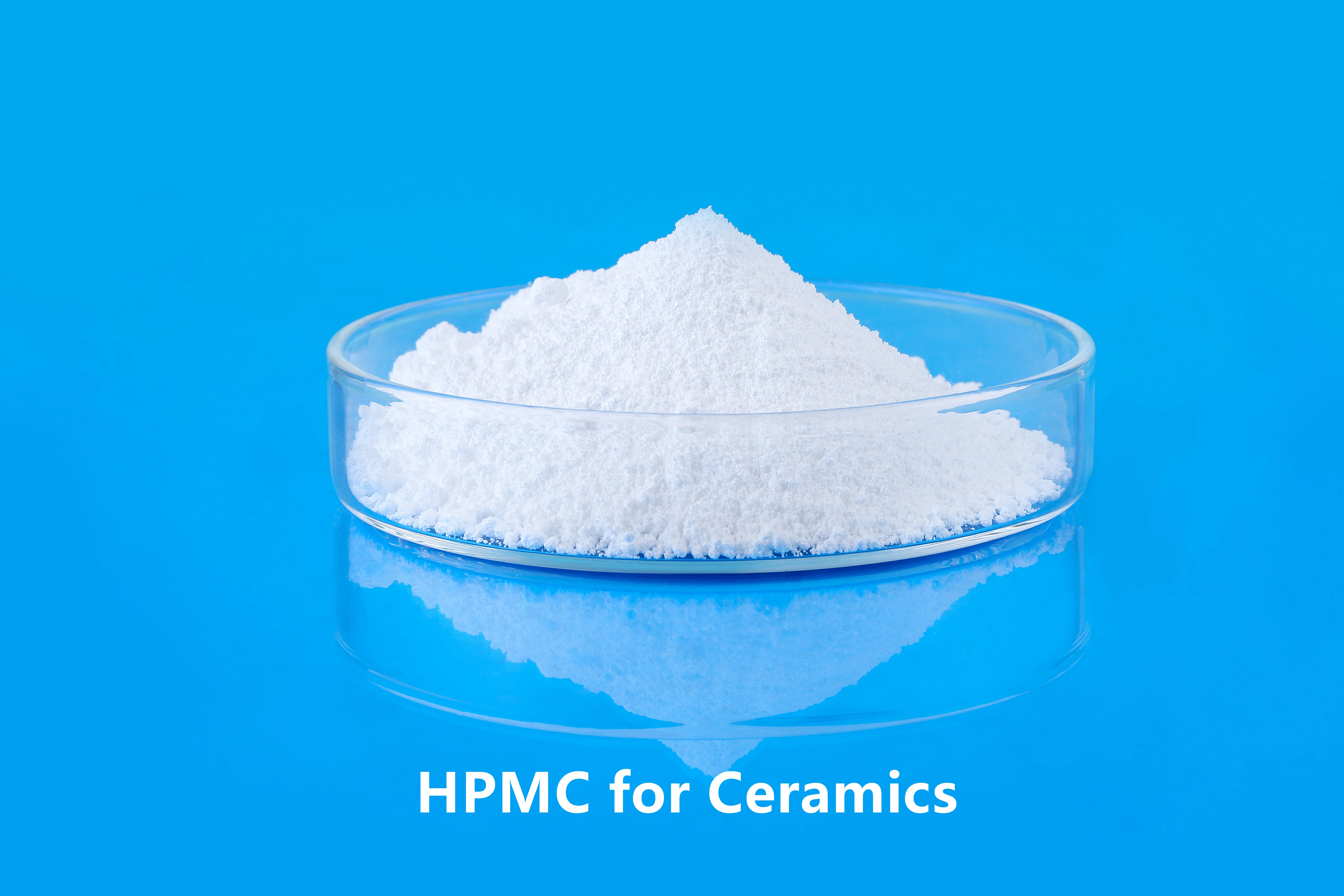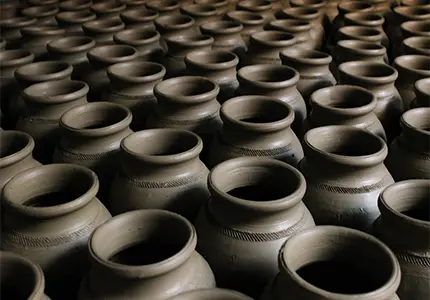Hidroksipropil Metilselüloz (HPMC) Kullanım Alanları
Hidroksipropil Metilselüloz (HPMC) esas olarak selüloz elde etmek için alkalileştirilen ve daha sonra selüloz eter elde etmek için eterifikasyon için propilen oksit ve metil klorür ile eklenen rafine pamuk / odun hamurundan elde edilir.
HPMC Selüloz, çeşitli endüstrilerde koyulaştırıcı, su tutucu ajan, dağıtıcı, stabilizatör, emülgatör, bağlayıcı, eksipiyan, film oluşturucu olarak işlev görür. HPM selüloz, inşaat kuru karışım harcı, ilaç, petrokimya, seramik, kağıt, sentetik reçine, deri, gıda ve kozmetik ve diğer endüstrilerde yaygın olarak kullanılmaktadır.
KimaCell® Hydroxypropyl Methylcellulose (HPMC) geniş uygulama, küçük birim kullanımı, iyi modifikasyon etkisi ve çevre dostu olma avantajlarına sahiptir. HPMC ürünleri, kaynak kullanım verimliliğini ve ürün katma değerini artırmaya elverişli olan ekleme alanında ürün performansını önemli ölçüde iyileştirebilir ve optimize edebilir. Çeşitli alanlarda gerekli olan çevre dostu katkı maddeleri.
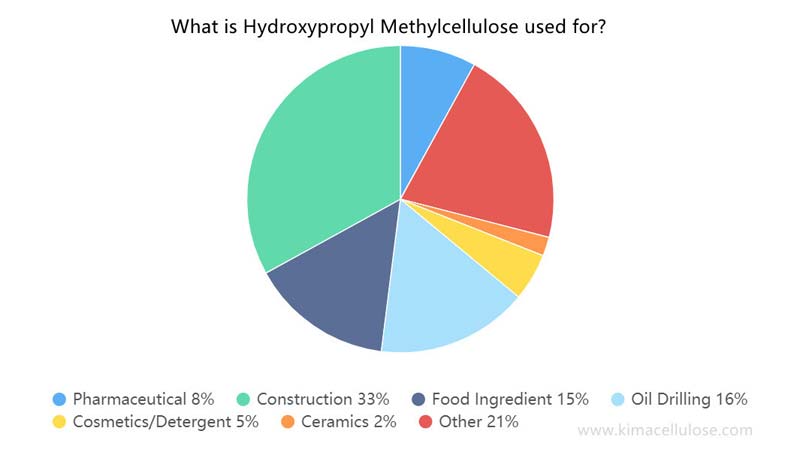
Tıp alanında, Hidroksipropil Metilselüloz (HPMC), ilaç sürekli ve kontrollü salım preparatlarında, bitkisel kapsüllerde, tablet kaplamalarında, süspansiyon ajanlarında, tablet bağlayıcılarında, tablet parçalayıcılarında ve diğer uygulama senaryolarında kullanılabilen önemli bir farmasötik yardımcı maddedir.

Gıda sınıfı Hidroksipropil Metilselüloz (HPMC) tanınmış güvenli bir gıda katkı maddesidir. Kalınlaştırmak, suyu tutmak ve tadı iyileştirmek için bir gıda koyulaştırıcı, stabilizatör ve nemlendirici olarak kullanılabilir. Gelişmiş ülkelerde, özellikle pişmiş yiyecekler, kolajen Protein kılıfları, çırpılmış krema, meyve suları, soslar, et ve diğer protein ürünleri, kızarmış yiyecekler vb. için yaygın olarak kullanılmaktadır. Çin, Amerika Birleşik Devletleri, Avrupa Birliği ve diğer birçok ülke HPMC'nin gıda katkı maddesi olarak kullanılmasına izin vermektedir.
Çin'de gıda üretiminde kullanılan gıda sınıfı Hidroksipropil Metilselüloz (HPMC) oranı nispeten düşüktür. İç pazar hala uygulama ve tanıtım aşamasındadır, gıda sınıfı HPMC'nin yüksek fiyatı ile birleştiğinde, HPMC ülkemde gıda üretiminde daha az alanda kullanılmaktadır. Bununla birlikte, gelirin artmasıyla birlikte, gıda endüstrisinin ölçeğinin uzun vadede istikrarlı büyümesini sürdürmesi beklenmektedir. Ayrıca, insanların sağlıklı gıda bilincinin gelişmesiyle birlikte, HPMC'nin bir sağlık katkı maddesi olarak penetrasyon oranı giderek artacaktır. Gıda endüstrisinde HPMC tüketiminin daha da artması beklenmektedir.
İnşaat kuru karışım harç endüstrisinde, Hidroksipropil Metilselüloz, harcı pompalanabilir hale getirmek için çimento harcı için su tutucu bir ajan ve geciktirici olarak kullanılır. HPMC Yayılabilirliği artırmak ve çalışma süresini uzatmak için alçı, sıva, macun tozu veya diğer yapı malzemelerinde bağlayıcı olarak kullanılır. HPMC, macun karo, mermer, plastik dekorasyon, macun takviyesi olarak kullanılabilir ve ayrıca çimento miktarını azaltabilir. HPMC'nin su tutma performansı, bulamacın uygulamadan sonra çok hızlı kuruması nedeniyle çatlamasını önler ve sertleştikten sonra mukavemeti artırır.

Hidroksipropil Metilselüloz Faydaları
Hidroksipropil metilselüloz (HPMC) farklı sektörlerde geniş bir fayda yelpazesi sunar. Kalınlaştırıcı, stabilizatör, film oluşturucu ve su tutucu ajan olarak HPMC'nin çok yönlü yapısı, onu farmasötikler, gıda ürünleri, kozmetikler ve inşaat malzemelerinde vazgeçilmez bir bileşen haline getirmektedir. İster farmasötik formülasyonlarda kontrollü ilaç salınımı sağlamak, ister gıda ürünlerinde doku ve stabiliteyi iyileştirmek, kozmetik formülasyonların performansını artırmak veya inşaat malzemelerinin özelliklerini optimize etmek olsun, HPMC hayati bir rol oynar.HPMC, benzersiz özellikleri nedeniyle çok sayıda fayda sunarak onu birçok üründe değerli bir bileşen haline getirir.
a. Kontrollü İlaç Salınımı: HPMC, tabletler ve kapsüller gibi oral katı dozaj formlarında matris oluşturucu olarak yaygın şekilde kullanılır. Kontrollü ilaç salımı sağlayarak aktif farmasötik bileşenin (API) uzun bir süre boyunca sabit ve sürekli bir şekilde salınmasını sağlar. Bu özellik, terapötik etkinliği korumak için yavaş bir salım modeli gerektiren ilaçlar için özellikle faydalıdır.
b. Film Kaplama: HPMC tabletlere veya kapsüllere uygulandığında düzgün ve pürüzsüz bir film oluşturarak nem, ışık ve hava gibi çevresel faktörlere karşı koruma sağlar. Ayrıca dozaj formunun görünümünü, yutulabilirliğini ve stabilitesini iyileştirir.
c. Mukoadhezif Özellikler: HPMC mukozal yüzeylere yapışarak temas süresini uzatabilir ve ilaç emilimini artırabilir. Bu özellik, çeşitli oral ve oküler ilaç dağıtım sistemlerinin geliştirilmesinde yararlıdır.
a. Kıvamlaştırma ve Stabilizasyon: HPMC gıda ürünlerinde kıvam arttırıcı ve stabilize edici bir madde olarak işlev görür. Soslara, soslara ve süt ürünlerine viskozite, doku ve kremsilik kazandırır. Faz ayrılmasını önler ve gıda formülasyonlarının homojenliğini korur.
b. Yağ İkamesi: HPMC, az yağlı gıda ürünlerinde yağ ikame maddesi olarak kullanılabilir. Yağların ağız hissini ve dokusunu taklit ederek kalori içeriğini azaltırken arzu edilen bir duyusal deneyim sağlar.
c. Su Tutma: HPMC su tutma özelliğine sahiptir, böylece nem kaybını önler ve gıda ürünlerinin sululuğunu ve tazeliğini korur. Özellikle raf ömrünü ve dokusunu iyileştirdiği unlu mamullerde faydalıdır.
a. Kıvam Verici ve Emülsifiye Edici Ajan: HPMC selüloz, mükemmel kıvam verme ve emülsifiye etme özellikleri nedeniyle kremler, losyonlar ve şampuanlar gibi kozmetik formülasyonlarda yaygın olarak kullanılır. Kozmetik ürünlerin stabilitesini ve kıvamını geliştirerek daha iyi yayılabilirlik ve uygulama kolaylığı sağlar.
b. Film Oluşturucu: Cilde veya saça uygulandığında, HPMC selüloz nemi tutmaya yardımcı olan, su kaybını azaltan ve hidrasyonu koruyan koruyucu bir film oluşturur. Ayrıca kozmetik ürünlerin cilt veya saç yüzeyinde uzun ömürlü olmasını sağlar.
c. Süspansiyon Maddesi: HPMC kozmetik formülasyonlardaki katı partikülleri süspanse ederek çökmelerini veya tortulaşmalarını önleyebilir. Bu özellik özellikle süspansiyonlarda, scrublarda ve peeling ürünlerinde kullanışlıdır.
a. Çimento ve Harç Katkısı: HPMC, harçlar, fayans yapıştırıcıları ve sıvalar gibi çimento bazlı ürünlerde kıvam arttırıcı ve su tutucu bir madde olarak işlev görür. Çatlama ve büzülmeyi azaltırken işlenebilirliği, yapışmayı ve sarkma direncini artırır.
b. İyileştirilmiş Açık Süre: Açık zaman, bir inşaat malzemesinin uygulamadan sonra işlenebilir kaldığı süreyi ifade eder. HPMC yapıştırıcıların açık kalma süresini uzatarak fayansların, duvar kağıtlarının ve diğer malzemelerin daha kolay konumlandırılmasını ve ayarlanmasını sağlar.
c. Su Direnci: HPMC, yapı malzemelerinin su direncini artırarak onları daha dayanıklı ve neme bağlı hasarlara karşı dirençli hale getirir. Binaların ve yapıların genel performansını ve ömrünü artırır.
Genel olarak, hidroksipropil metilselülozun faydaları çok geniş ve çeşitlidir. Çok işlevli özellikleri onu geniş bir ürün yelpazesinde önemli bir bileşen haline getirerek gelişmiş performans, stabilite ve kullanıcı deneyimi sağlar. Araştırma ve teknoloji ilerlemeye devam ettikçe, HPMC selülozun çeşitli sektörlerde daha da fazla uygulama alanı bulması, değerini ve çok yönlülüğünü daha da göstermesi muhtemeldir.
 English
English 日本語
日本語 français
français Deutsch
Deutsch Español
Español italiano
italiano русский
русский português
português العربية
العربية Türkçe
Türkçe Nederland
Nederland

